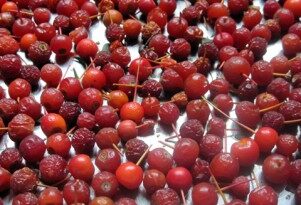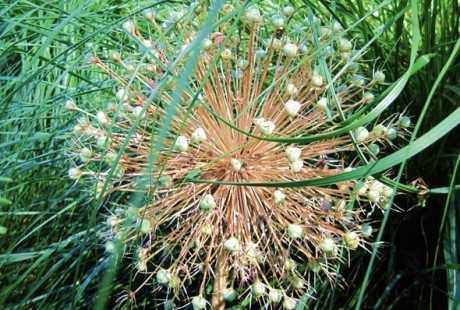phototropism
All plants reach out for the light, as we notice every winter when the dwellers of the window sill have to be turned regularly so they don’t grow lopsided. Plants don’t have the ability to pick up and move to a more favorable location, so they do the next best thing, they grow up, sideways and around corners. They extend long stems to grasp for the sunshine and don’t even bother to leaf them up, except for the portions exposed to the light.
Sunshine can be too much of a good thing too; sensitive shade lovers hide their flowers altogether, burying them under a glut of leaves and stems to protect them from the sun.
Some plants, like morning glories and four o’clocks, love sunshine, but only a specific amount of it, and they don’t open their sensitive corollas around high noon, when its intensity is too much to bear. This is the plants’ way of keeping time, a task they must be really good at, judging by one of the names mentioned above.
Other plants go a step further to track the sun’s movements across the sky for the entire day, or over the length of a season, through a mechanism called heliotropism. There are two types of heliotropism. The first one is mediated by motor cells, which pump potassium ions into nearby tissues and change their turgor pressure. The second one is generated by permanent cellular expansion that alters the plants’ growth patterns. Yes, they really do go to these lengths.
Heliotropism can involve the flowers, which use solar energy to help with germination, or the leaves, which orient themselves perpendicular to the sun’s rays to conserve precious water, and these mechanisms act independently of each other.
Examples of heliotropic plants include asters, daisies, poppies, buttercups and of course, heliotrope.
You may notice I didn’t mention the classic sun lover, the sunflower. It turns out that mature sunflowers don’t turn their heads towards the sun, they always face east. Only their young buds do, until they develop flower heads.




 Previous Post
Previous Post Next Post
Next Post




